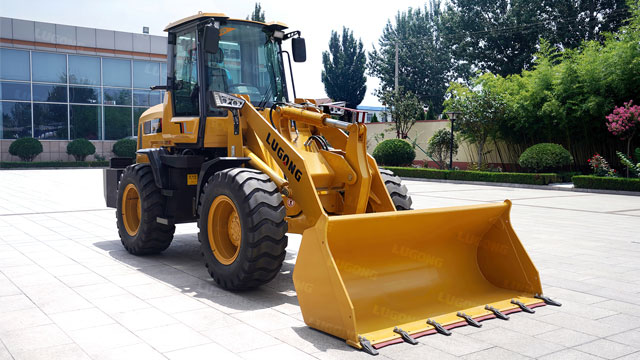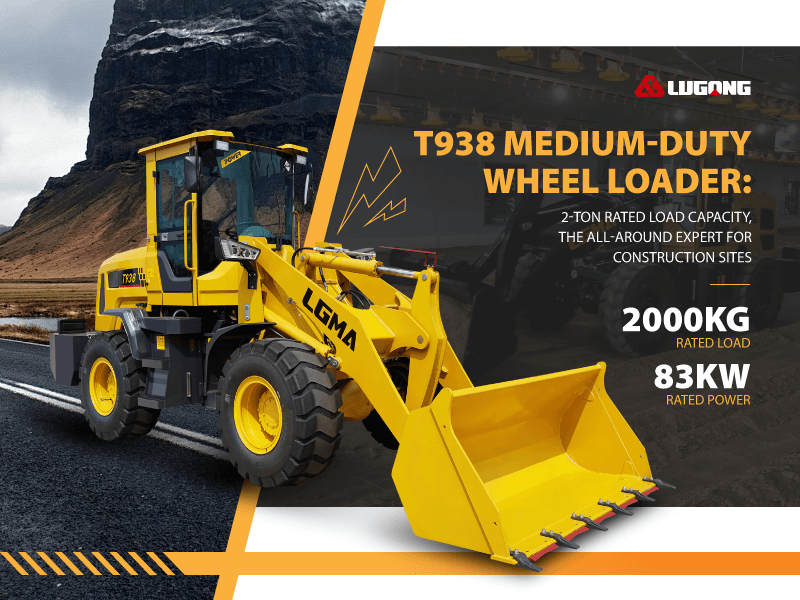What is the Life Expectancy of a Front End Loader?
Front end wheel loaders are heavy-duty construction machines widely used in various industries for material handling and earthmoving tasks. The life expectancy of a front end loader can vary depending on various factors such as the brand, model, maintenance practices, operating conditions, and intensity of use. However, on average, a well-maintained front end loader can have a lifespan of around 10,000 to 20,000 hours of operation. With proper care and regular maintenance, some front end loaders can even last beyond 20,000 hours.

Understanding the life expectancy of a front end loader is crucial for both buyers and operators. In this article, we will explore the factors that affect the lifespan of these front end loaders and provide insights into maximizing their longevity.
1. The Importance of Front End Loader Maintenance:
Regular maintenance plays a vital role in extending the life expectancy of a front end loader. By adhering to a comprehensive maintenance schedule, operators can ensure front end loader optimal performance and minimize wear and tear on critical components.
2. Front End Loader Operating Conditions:
The operating conditions greatly impact the lifespan of a front end loader. Factors such as weather, terrain, and workload intensity can significantly affect the front end loader’s durability. The terrain conditions can affect the loader’s stability and maneuverability. Front end loaders can operate in different weather conditions, including rain, snow, and extreme temperatures. However, certain weather conditions can affect the machine’s performance and safety. Overloading the front end loader can cause stability issues and potentially lead to accidents.
3. Quality of Front End Loader Components:
The quality of components used in the construction of a front end loader plays a crucial role in determining its lifespan. Using high-quality materials, including durable tires, robust hydraulic systems, and reliable engines. Investing in superior components not only improves machine performance but also increases its longevity.
4. Front End Loader Operator Skill and Training:
The skills and expertise of the operator directly impact the lifespan of a front end loader. By operating the machine correctly, avoiding unnecessary stress on components, and implementing safe practices, operators can significantly extend the lifespan of the front end loader.
5. Front End Loader Upgrades and Modernization:
Advancements in technology and engineering have led to the introduction of innovative features and upgrades for front end loaders. Front end loader upgrades and modernization aim to enhance the performance, efficiency, safety, and lifespan of these machines. By implementing control systems, Fuel efficiency and emissions reduction, Telematics and remote monitoring upgrades, front end loaders can operate more effectively in various applications and meet the evolving needs of the industry.
Conclusion:
In conclusion, the life expectancy of a front end loader is influenced by various factors, including maintenance, operating conditions, component quality, operator skill, and technological advancements. By adopting proper maintenance practices, operating the machine in suitable conditions, utilizing high-quality components, investing in operator training, and embracing technological advancements, the lifespan of a front end loader can be significantly extended. Ensuring a longer life expectancy not only maximizes the return on investment but also enhances productivity and efficiency in construction and material handling operations.


